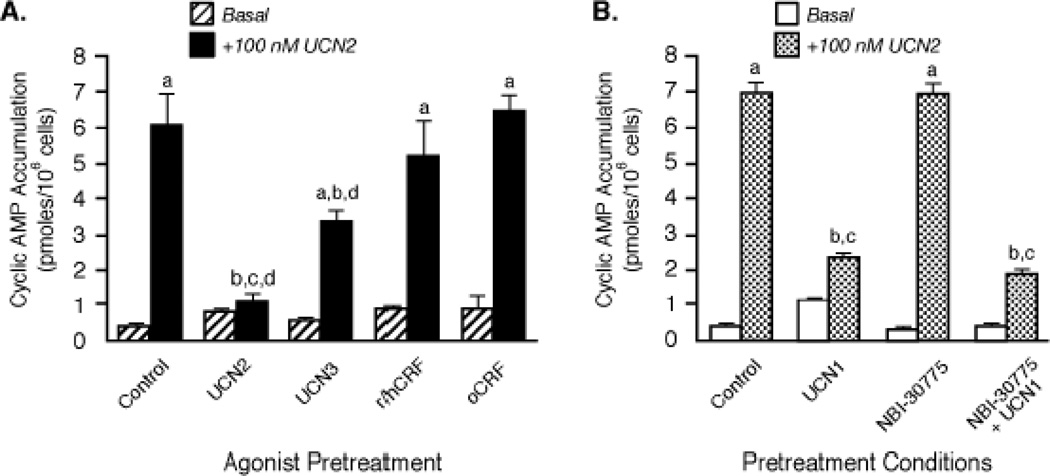Figure 4. Comparison of the magnitude of homologous CRF2 receptor desensitization induced by urocortins and CRF.
(A) After Y79 cells were pretreated with 100 nM UCN2, UCN3, r/hCRF, or oCRF for 30 min, cyclic AMP levels (pmoles/106 cells; n = 6) were measured in washed cells incubated with buffer (Basal) or maximally stimulated for 15 min (+100 nM UCN2). By ANOVA, there was a significant interaction [F=64.04; p<0.0001] for pretreatment group (Control, UCN2, UCN3, CRF) and stimulation condition (Basal or +100 nM UCN2). A significant within group effect was found with planned comparisons indicating the following: ap<0.001 vs Basal. There was also a significant effect [F=239.2; p<0.0001] across pretreatment groups with planned comparisons indicating the following differences for +100 nM UCN2 stimulation: bp<0.001 vs Control; cp<0.001 vs r/hCRF; dp<0.001 vs oCRF. These results were replicated in five independent experiments. (B) After Y79 cells were pretreated for 1 h with buffer (Control) or 100 nM urocortin 1 (UCN1) in the presence or absence of the selective CRF1 receptor antagonist NBI-30775, they were then incubated with buffer (Basal) or maximally stimulated with 100 nM UCN2 for 15 min and cyclic AMP levels (pmoles/106 cells, n=9) measured. By ANOVA, there was a significant interaction [F=197.1; p<0.0001] for pretreatment group (Control, UCN1, NBI-30775, NBI-30775 + UCN1) and stimulation condition (Basal or +100 nM UCN2). A significant within group effect was found with planned comparisons indicating the following: ap<0.001 vs Basal. There was also a significant effect [F=138.9; p<0.0001] across the pretreatment groups with planned comparisons indicating the following differences for +100 nM UCN2 stimulation: bp<0.001 vs Control; cp<0.001 vs NBI-30775. These results were replicated in three independent experiments.

